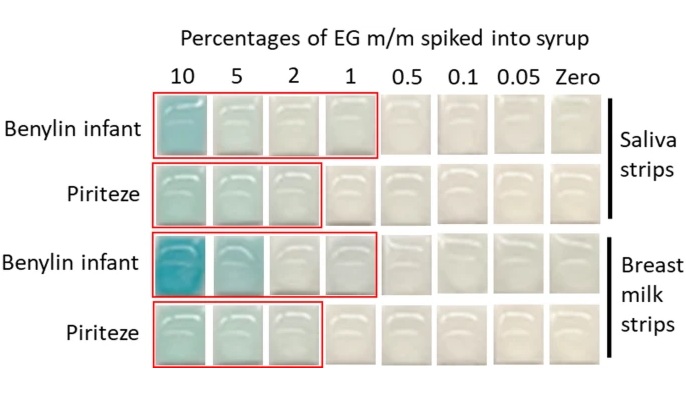AI Technology Accurately Predicts Breast Cancer Risk Via ‘Zombie Cells’
Posted on 30 Sep 2024
Breast cancer remains one of the most common cancers worldwide, causing 670,000 deaths in 2022. A key aspect of assessing cancer risk involves identifying dying cells. A new study has demonstrated that artificial intelligence (AI) can enhance treatment for women by identifying irregular-looking cells, thus improving cancer risk assessment. The study, published in The Lancet Digital Health, found that AI significantly outperformed current clinical benchmarks for breast cancer risk prediction.
Researchers from the University of Copenhagen (Copenhagen, Denmark) used deep learning AI technology to analyze mammary tissue biopsies from donors, searching for signs of cell damage, a marker of cancer risk. This damage is linked to cellular senescence, where cells stop dividing but remain metabolically active. While senescent cells can help suppress cancer development, they can also trigger inflammation, which may lead to tumor formation. By using AI to detect these senescent cells in tissue samples, the researchers were able to predict breast cancer risk more effectively than the Gail model, the current standard for risk assessment.

To train the AI, the researchers used cells in a lab that were intentionally damaged to induce senescence. The AI was then applied to donor biopsies to detect senescent cells—often called "zombie cells" because they have lost some functions but are not entirely dead. These cells are closely associated with cancer development, so the AI algorithm was designed to predict senescence by analyzing the irregular shapes of cell nuclei, which change as the cells become senescent. The study also found that combining two AI models or integrating an AI model with the Gail score, greatly improved cancer risk predictions. One combination produced an odds ratio of 4.70, indicating that donors with certain cell features had nearly five times the risk of developing cancer in the coming years. While it will take time before this technology is available in clinical settings, its potential is global. Since the method only requires standard tissue sample images, it could eventually be used worldwide, offering women better insights for treatment decisions.
“The algorithm is a great leap forward in our ability to identify these cells. Millions of biopsies are taken every year, and this technology can help us better identify risks and give women better treatment,” said Associate Professor Morten Scheibye-Knudsen from the Department of Cellular and Molecular Medicine and senior author of the study. “We will be able use this information to stratify patients by risk and improve treatment and screening protocols. Doctors can keep a closer eye on high-risk individuals, they can undergo more frequent mammograms and biopsies, and we can potentially catch cancer earlier. At the same time, we can reduce the burden for low-risk individuals, e.g. by taking biopsies less frequently.”
Related Links:
University of Copenhagen













